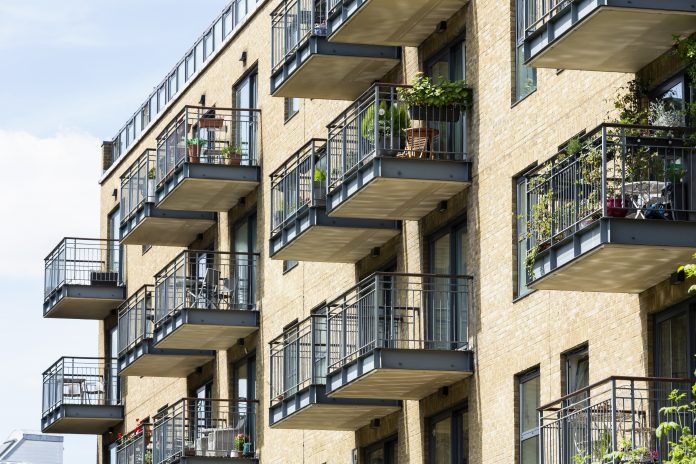Co-Location developments have the potential to deliver 30,371 new homes across London, according to a new report from Turley
Co-Location developments refer to the knitting together of industrial and residential uses to create new spaces and places.
According to Turley, co-location schemes deliver more than 38.5% of all residential units in affordable tenure, which exceeds the Mayor’s minimum threshold of 35% for residential developments.
Due to a more challenging economic climate for development, the average dropped to 33.4% in 2022 compared to 40.9% over the three previous years.
22,622 new homes within co-location schemes have been approved so far
22,622 new homes within Co-Location schemes have been approved by local planning authorities across London since 2019, with a further 7,749 currently being processed.
Co-location developments have resulted in a net increase of approximately 372,106 sq m of employment floor space since 2019.
In its new report, Turley found that Co-Location schemes achieve a net increase of employment-generating floorspace of approximately 40.5% compared to the existing provision on individual sites.
To compile its report, Turley reviewed all strategic Co-Location schemes referred to the Greater London Authority from January 2019 to December 2022.
The new research aims to provide a clear overview of the progression of these schemes and draw initial conclusions on the effectiveness of this new mixed-use regeneration concept.
Co-location schemes are in progress across at least 13 London boroughs
The delivery of these developments has picked up over the past 12 months, with research showing that 33% of approved schemes are already under construction.
Boroughs such as Ealing, Brent and Southwark were home to many Co-Location schemes, with steady gains in the eastern London boroughs (e.g., Waltham Forest, Newham, Barking and Dagenham, Greenwich, and Tower Hamlet).
Delivering new, affordable homes for Londoners
Catriona Fraser, planning director at Turley, commented: “Co-Location schemes are still a relatively new concept within the UK planning sector and largely unique to London. At first glance, the schemes might be looked upon sceptically– is it truly possible to create a shared environment that knits together the competing interests of industrial and residential occupiers? Yet, the pace at which these schemes have begun to spread across the Capital shows growing trust in their credibility and deliverability.
“Considering the fact that brownfield land is often seen as less constrained than other available development sites, maximising the development potential of industrial land through Co-Location has the potential to play a critical role in delivering new, affordable homes for Londoners, supporting economic growth and creating exciting new places within the Capital”.















